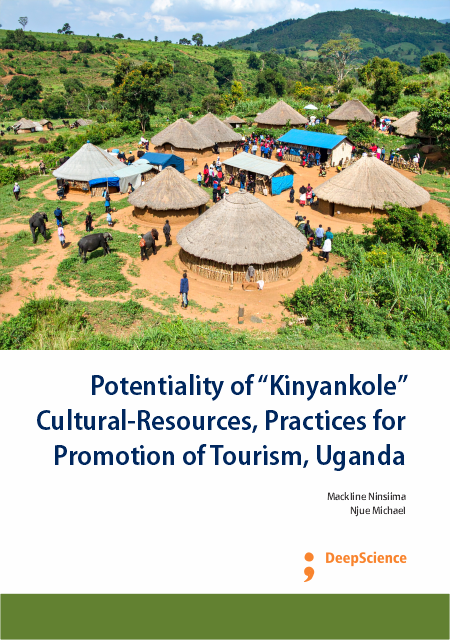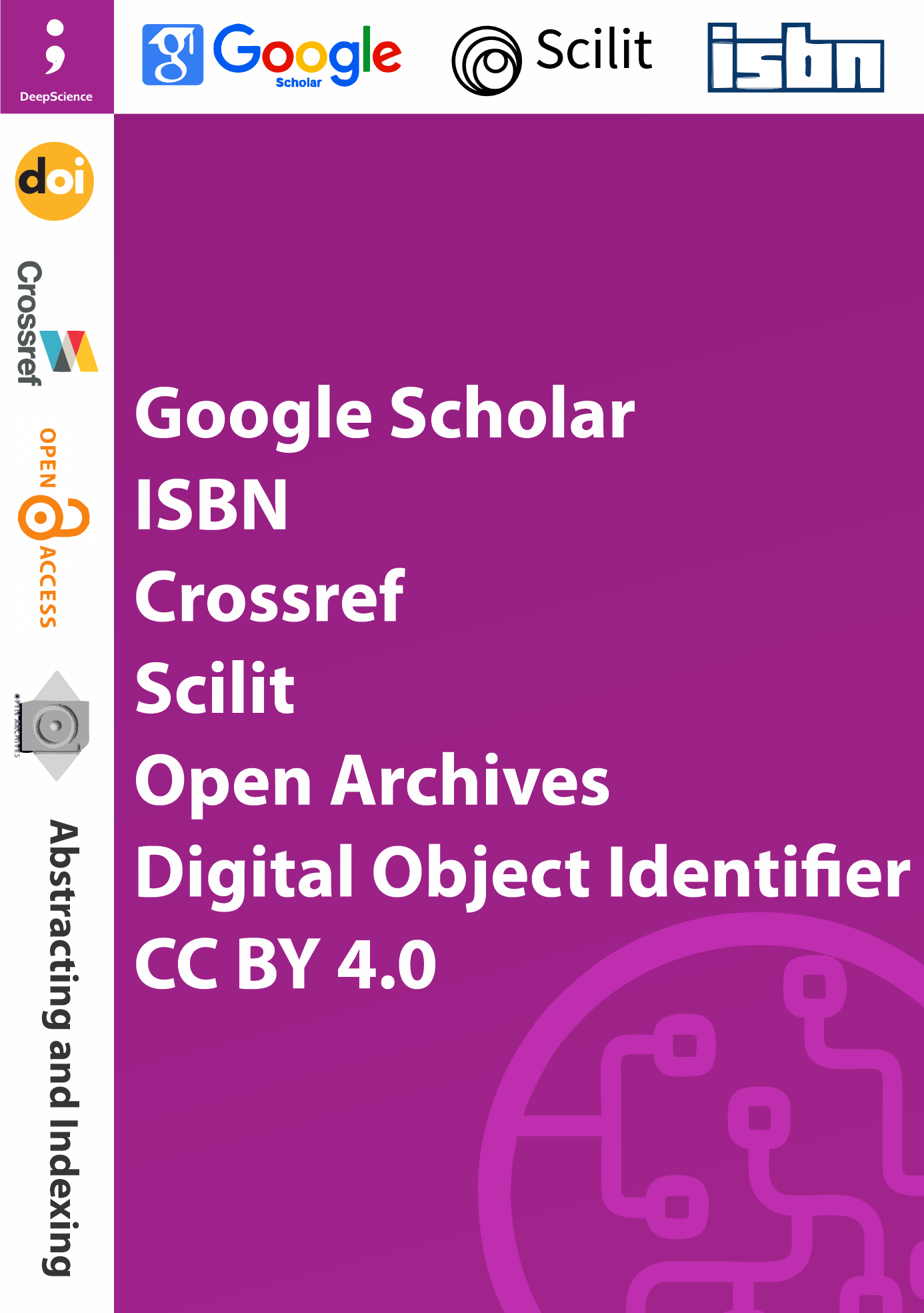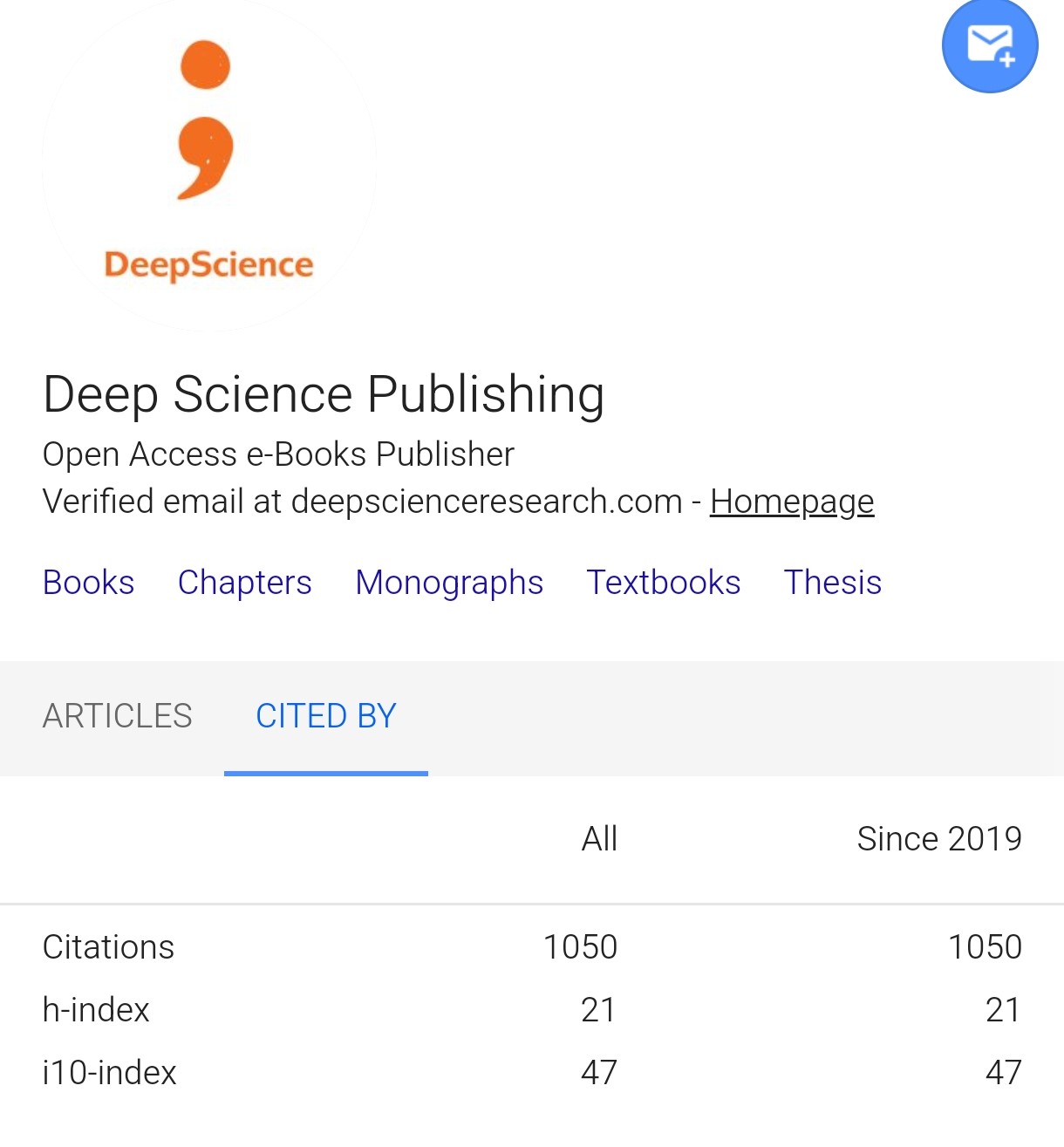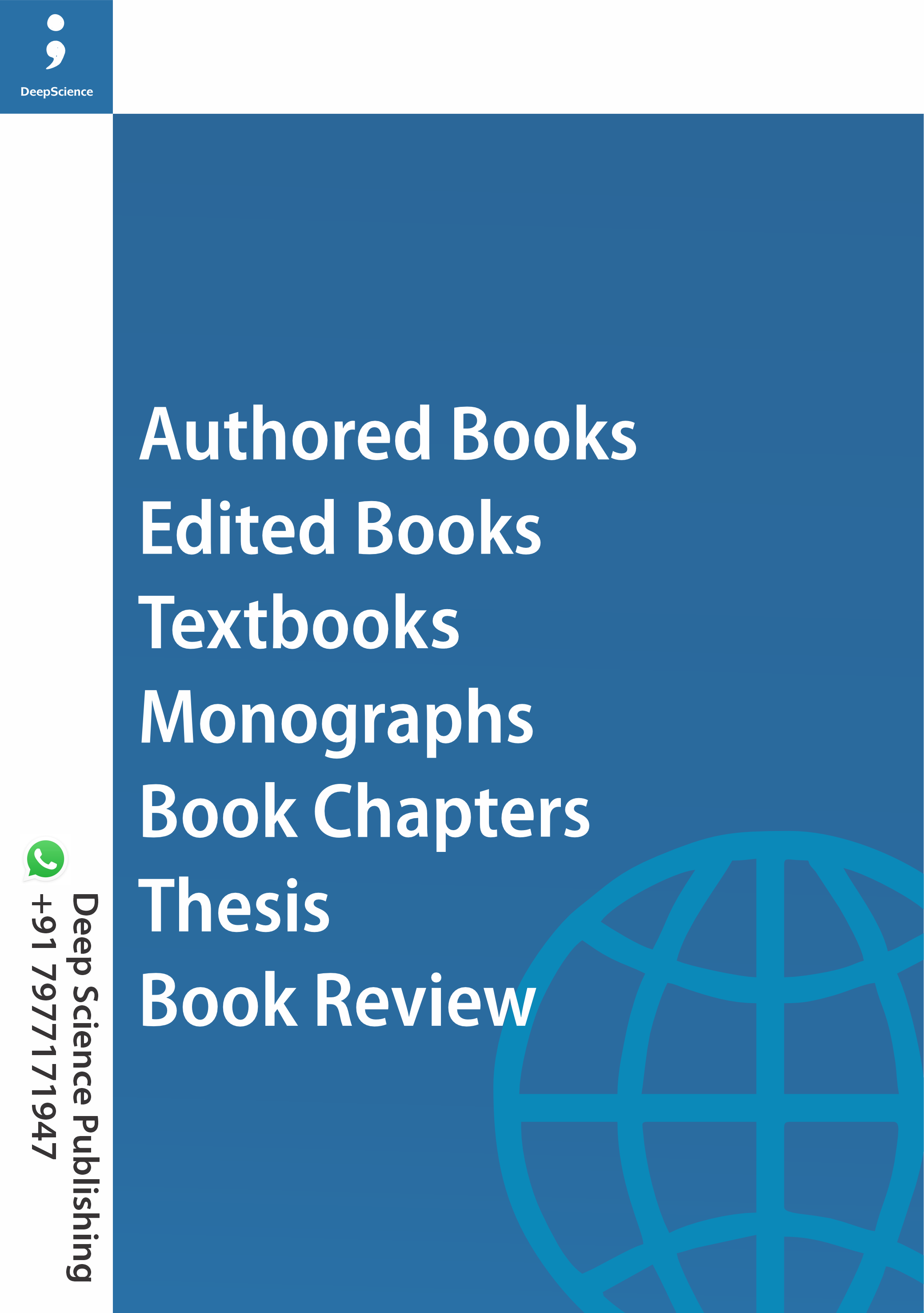Potentiality of “Kinyankole” Cultural-Resources, Practices for Promotion of Tourism, Uganda
Keywords:
Cultural Tourism, Heritage Tourism , Tourism Development , Cultural Resources , Sustainable Tourism , Tourism ProductSynopsis
The book is set out to present the potential of “Kinyankole” cultural resources, practices for promotion as a tourism product in Uganda. The book has been developed using data collected from a study that took place in Mbarara and Kiruhura districts in Uganda in East Africa for the period ranging 2020 and 2021. East Africa and aimed to achieve the following specific goals: to identify Kinyankole cultural resources that can be included in tourism products, to look into Kinyankole practices that can be part of tourism products, and to uncover untapped aspects of Kinyankole culture that could be added to tourism products. The book is dividend in to four chapters. Chapter one which introduces the book, chapter two with literature review. Chapter three presents methodology and analysis of data as well as presentation. While chapter four presents final conclusions and recommendations.
References
Akama, J. (2002). The Creation of Masai Image and Tourism Development. Development of Cultural Tourism in Kenya Mombasa
Amin, M. E. (2005). Social science research: conception, methodology and analysis. Kampala: Makerere University printer.
Arkkelin, Daniel, (2014)."Using SPSS to Understand Research and Data Analysis" Psychology Curricular Materials. Book 1. http://scholar.valpo.edu/psych_oer/1
Ashley .C. etal (2005) Stimulating local cultural and heritage products. Produced by Overseas Development Institute Business Linkages in Tourism
ATLAS (2009). ATLAS Cultural Tourism Research Project. http://www.tram-research.com/atlas/presentation.htm.
Avruch, K. (1998) Culture and Conflict Resolution. Washington DC: United States Institute of Peace
Brian K. T. (1962), the Western Lacustrine Bantu, "The Kingdom of Ankole in Uganda," in
Meyer Fortes and E. E. Evans-Pritchard, eds., African Political Systems.
Carmichael, etal, (1994). Sacred Sites, Sacred Places (New York, NY: Routledge, 1994).
Chauhan, N. S., Sharma, V., Dixit, V., & Thakur, M. (2014). A review on plants used for improvement of sexual performance and virility. BioMed Research International
Cho, J. Y., & Lee, E-H. (2014). Reducing confusion about grounded theory and qualitative content analysis: Similarities and differences. The Qualitative Report, 19(64), 1-20. Retrieved from http://www.nova.edu/ssss/QR/QR19/cho64.pdf
Cruz A. R. (2010) Tourism and Creativity in the Algarve: An Analysis of Regional Tourist Offer as an Attractor to the Creative Class. MSc thesis, University of the Algarve, Portugal
Csapo, J. (2012). The Role and Importance of Cultural Tourism in Modern Tourism Industries, Strategies for New Tourism Industries Micro and Macro Perspective. China: In Tech.
Dorothy, R. (2012). An Aalysis of the Challenges Facing Cultural Tourism Development in Kenya. Research on Humanities and Social Sciences.
Du Cros, H.& Mckercher, B. (2015). Cultural Tourism, London: Routledge, 2015.
Formica, S. (2002). Measuring destination attractiveness: A proposed framework. Journal of American Academy of Business, 1(2), 350–355.
GoK (2013). Kenya Gazette Notice No. 3160. Nairobi: Government of Kenya.
González, M. V. (2008). Intangible heritage tourism and identity. Tourism Management, 29(4).
Hall, M. C., & Lew, A. A. (2009). Understanding and managing tourism impacts: An integrated approach. New York, NY: Routledge.













